Posted on Tue 10 Oct 2017
Artist Playground South Korea - Performance Residency with National Theatre Wales and Tuida Performance Group
This September I took part in the Artist Playground Residency Program hosted by National Theatre Wales and Tuida Performance Group in South Korea.
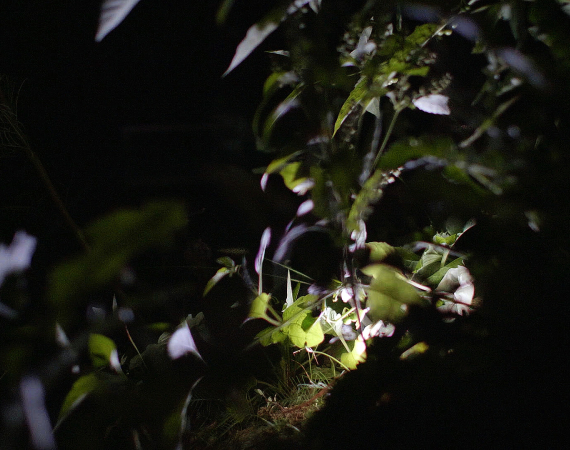
Posted by
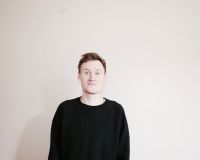
Thomas Williams
Thomas is interested in creating new ways for audiences to experience, and interact with sound, music and stories in physical spaces.I recently took part in the Artist Playground residency programme with National Theatre Wales and Tuida Perfomance Group in Hwacheon, South Korea. I was one of 18 artists that made up a group of individuals from Wales, South Korea, India and Japan. The residency invited us to spend two weeks in South Korea on the Tutbat Art Farm, home to the Tuida performance Company. We were situated around 3 hours from Seoul in a rural farming area outside of the town of Hwacheon. The site of the theatre company is set in beautiful hills and farmlands and plays an active role in the community that it has called home since 2010. This spirit of community engagement is at the core of the companies ethos, which led to one of the key themes explored on the residency. Our group of 18 was made of artists from movement performance, acting, writing, set construction and sound making backgrounds. All using the three themes of the residency as jumping off points - socially-engaged, site specific or immersive work - thinking about how these ideas relate to our current practices, or the focus of our future work. Throughout our first three days we were taken on several trips to familiarise ourselves with the local area, learning about the regions place in the political history of South Korea as well as hearing many stories about those who live there. After this we began working on either ideas we were already considering before the residency or newly formed ideas.
Generally being quite occupied in my practice creating music and sound for projects I wanted this to be an opportunity to explore further my installation work and give time to exploring more narrative and storytelling aspects of my work so I set out by highlighting some of the things I wanted to explore over the 2 weeks.
What I wanted to do on the residency:
- Explore more narrative focussed elements in installation work
- Think about invitations into an artwork
- Create work that responds to the site and landscape
- Be in a place where I could follow the ideas that I was excited by, without being too overcritical before making things happen
Ideas and experiments around ghost stories…
My initial interests came from how we familiarise ourselves with living in a new place. Reflecting on how I’ve adapted to different changes of place I was immediately drawn to thinking about ghost stories, particularly about how when I was young, gaps in my understanding of a new place would be filled with myths and folklore. After exploring the Tutbat site I became really interested in the areas that seemed hidden or forgotten, or where the human made meets nature. So from these first few days I knew I wanted to experiment with installations that explored ideas of ghosts in the hidden locations around the site.
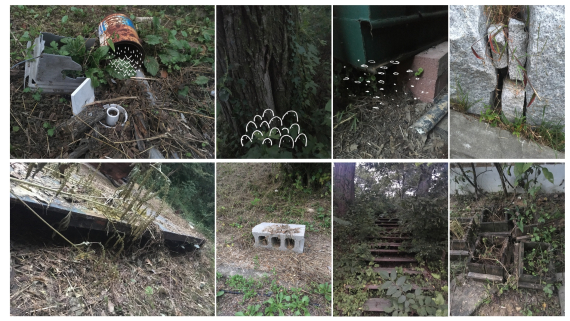
Experiment 1
I began thinking about what ghosts could be, outside of the traditional. This led me to something called the stone tape theory, an idea that ghosts or apparitions are in-fact traces or memories of past events recorded into the fabric of physical buildings, re-playing. I was really excited by this as an idea for telling stories of past events or even the events that occur around us daily. For me the Tutbat site quickly went from being somewhere quite unfamiliar and daunting to somewhere really homely. So I wanted to create work that reflected that. I began recording sounds of our days and creating soundscapes that used fragments of voices, laughing, movement, weather. Indistinguishable sentences, but perhaps recognisable sounds and moments. By playing the sounds through these hidden spaces I wanted to explore the idea that our presence and actions are slowly becoming a part of the location and its history. Memories of the day beginning to retreat into the forgotten cracks of the building.
Similarly to how we create stories with the people we meet, the location too is listening. What part does a location play in our stories, and in what ways do we leave behind traces?
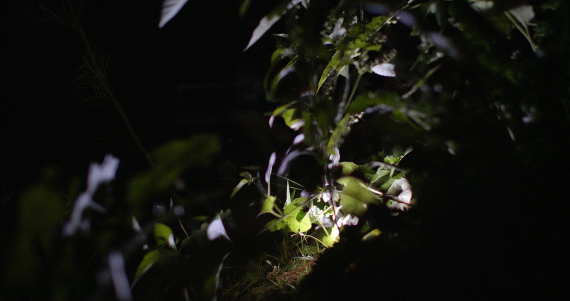
Experiment 2
Taking this idea of re-telling the memories of a day, I wanted to experiment with the different ways that people could be drawn to uncover them. For my first experiment I created an installation without telling anyone about it, to try and create a chance encounter. Not many people found it. For my second experiment I wanted to use similar content, but with a more treasure hunt style guidance. Using a map, and an ‘X’ marks the spot I asked other residents to follow clues to find these mysterious apparitions of recorded sound.
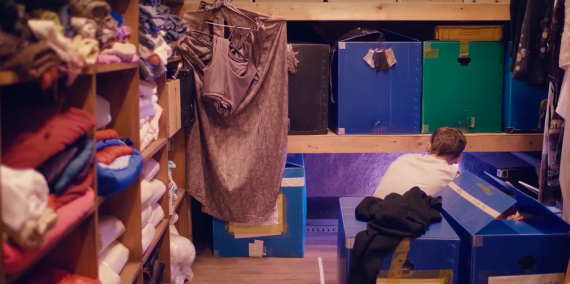
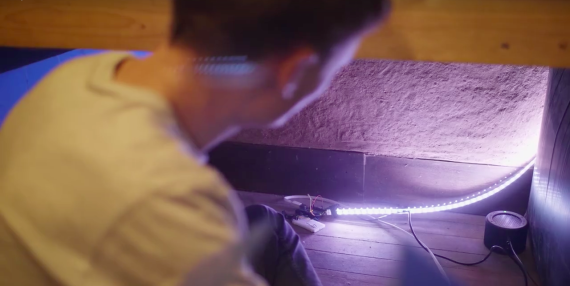
Throughout the residency I seemed to be slightly at odds with some of the feelings I encounter at home, doubt around ideas before I give enough time to see where they lead. I really wanted to spend some time unpicking this, and to just follow some of the ideas regardless of what I feared.
Experiment 3
So for my third experiment I wanted to try something really different to my normal approach but furthering my thoughts around ghost stories. I liked the ideas of memory and location, and became quite interested in the idea of the role that someone could play in recording and placing memories. I began playing with the idea of giving audience members the role of a ghost, asking them individually to become invisible, to observe and to echo their surroundings. Asking people to do something on their own is quite a new step for me, also leading an experience just from written word, with minimal sound and technology content.
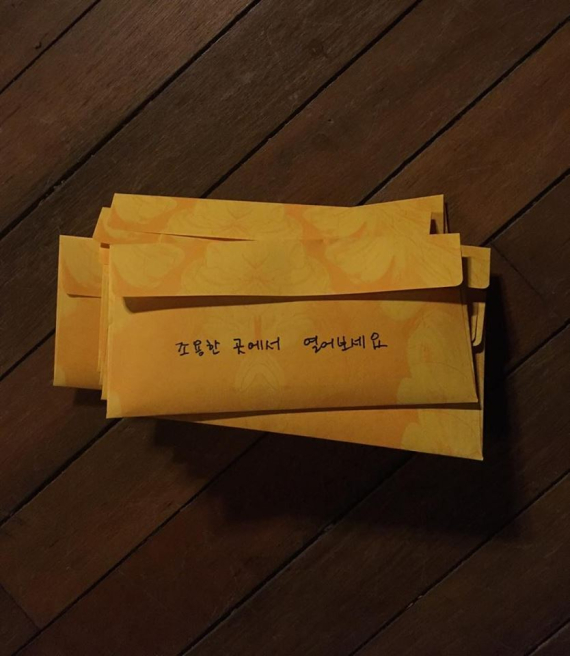
Collaboration…
Talking about ideas around my work with others became really important, but a big factor in how I spent the residency was in collaborating. It was really important for me to work with others, in person, at the beginning stages of ideas, trying out new ways of working. I wanted to offer my skills but to also collaborate in new unfamiliar ways.
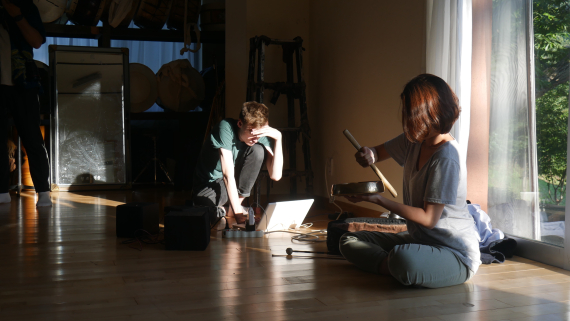
Thoughts and ideas going forward…
- Chance encounters are really difficult to create, but we can devise invitations in a way that simulate them.
- Things need to be trialled lots. Prototyping and iterating is incredibly important, particularly when giving out instructions or guidance through written words or clues. How can I create guidance that feels open and exploratory, without leaving audiences feel lost?
- It was really useful to have those moments of doubt about what I was doing, to find ways to unpick them and go forward. Seeing the residency as a time to address these things rather than avoid them was great. How can I continue this in my practice at home?
- To see where my work fits alongside the practices of others. Seeing really different ways that I can collaborate where I didn’t know I could before.
- To continue having confidence in the types of things that I want to do that are maybe outside of what my “role” is. Or to try maybe subscribing less to the idea of a role anyway.
Links
http://www.nationaltheatrewales.org/artists-playground
https://www.facebook.com/tuida.page/videos/1701765606508664/?hc_ref=ARQ4U8QxNTlsGUb6zGVi5fIxo77EN6UZFAMN1ZOwTEQFVOvcdHb3k5nwNbPFjj6V2C4